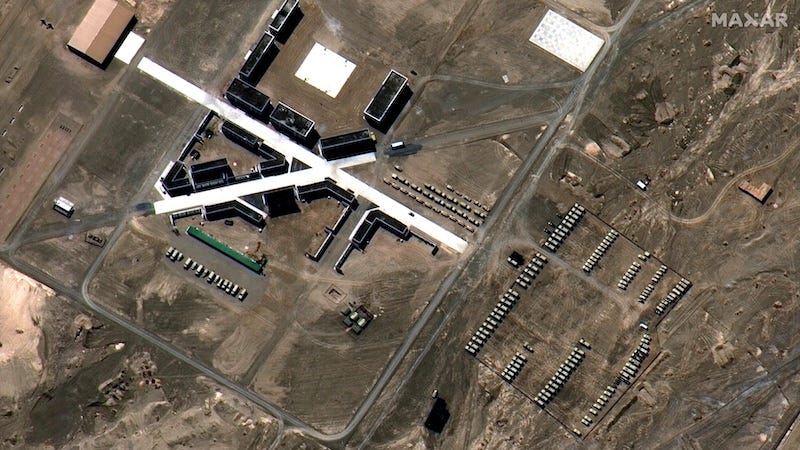NGA Awards IDIQ Contract to Maxar
One of 10 Vendors Selected for Luno A Program
The National Geospatial-Intelligence Agency (NGA) has selected Maxar Technologies as one of 10 vendors to provide advanced geospatial insights and automated object detections through NGA’s Luno A, a $290 million, five-year indefinite delivery, indefinite quantity (IDIQ) contract.
“Our very-high resolution imagery and massive data library give us a unique…




